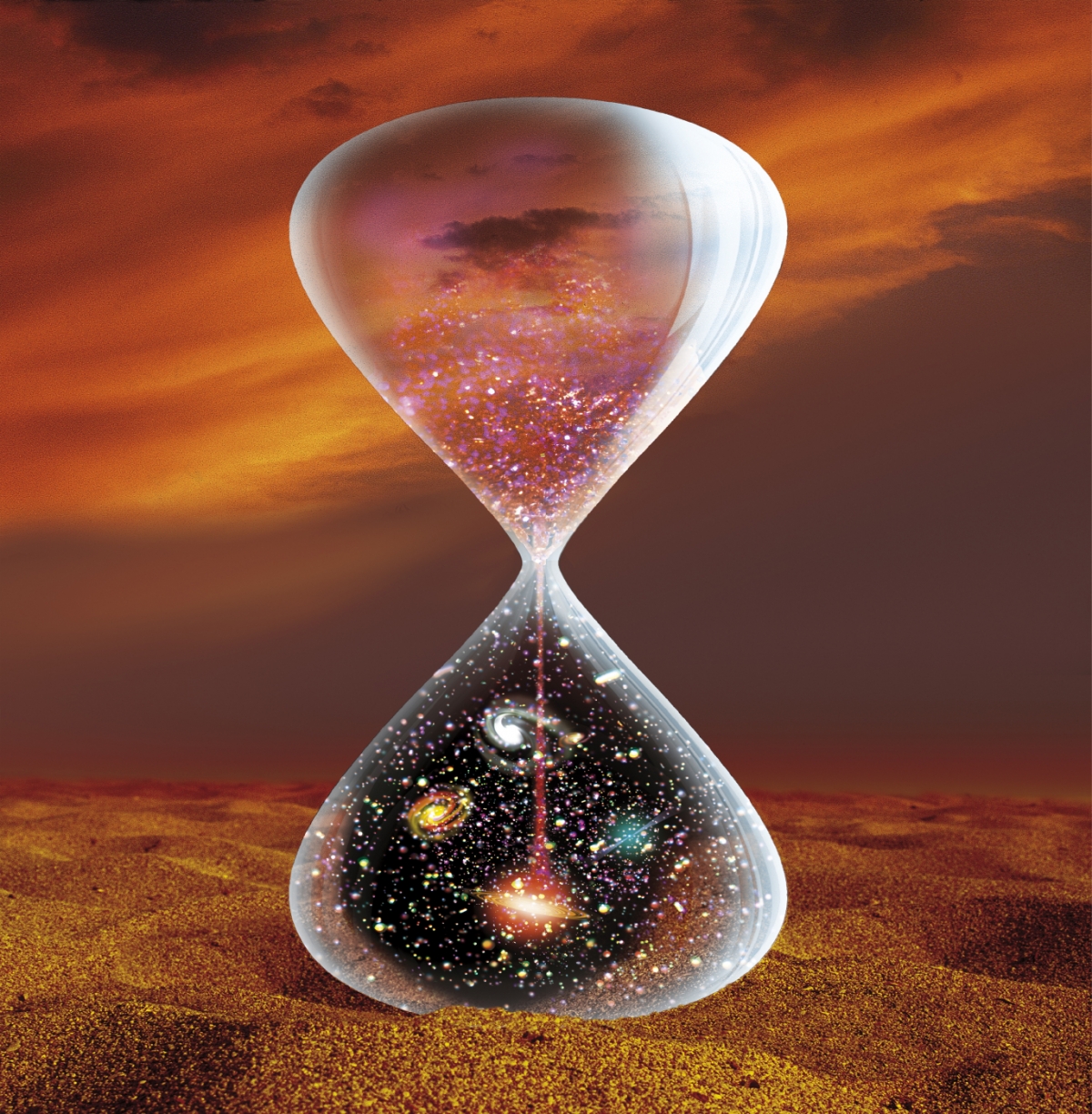

a Current geographic distribution of extant and extinct ratite genera areas in yellow (Antarctica, Europe) harbor fossil remains but no extant species. In addition, historical biogeography has begun lately to incorporate ecological information into biogeographic reconstructions through techniques like ecological niche modeling (Lieberman 2000 Stigall and Lieberman 2005) and new analytical statistical methods (Ronquist and Sanmartín 2011).īiogeographic history of the ratite birds (ostriches, emus, reas, etc.).

For example, the young discipline of phylogeography (Avise 2000), often considered a part of historical biogeography, works with intermediate time scales of thousands of years and the distribution patterns of biological populations, such as those formed after the retreat of the last glaciations at the end of the Quaternary. This distinction, however, has become blurred in recent years. The latter usually deals with longer time scales (millions of years), larger spatial scales (e.g., continental landmasses), and the distribution patterns of species or higher taxa. Why are organisms distributed where they are today? How have faunas and floras assembled through time? Traditionally, biogeography has been divided into two different approaches (Morrone and Crisci 1995): ecological biogeography, the study of the environmental factors shaping the distribution of individual organisms at local spatial scale, and historical biogeography, which aims to explain the geographic distribution of organisms in terms of their evolutionary history.

Biogeography is the discipline of biology that attempts to reconstruct the patterns of distribution of biological diversity and to identify the processes that have shaped those distributions over time. Conversely, the causal factors and processes underlying such patterns are still debated. Thanks to advances such as better exploration techniques, satellite cartography, or the use of geographic information systems (GIS), global patterns of biodiversity distribution are now fairly well understood.

This has revolutionized the discipline, allowing it to escape the dispersal versus vicariance dilemma and to address a wider range of evolutionary questions, including the role of ecological and historical factors in the construction of biomes or the existence of contrasting patterns of range evolution in animals and plants. The latter allows incorporating into biogeographic inference estimates of the divergence time between lineages (usually based on DNA sequences) and external sources of evidence, such as information on past climate and geography, the organism fossil record, or its ecological tolerance. This paper provides an overview of the evolution of the discipline from methods focused on finding general patterns of distribution (cladistic biogeography), to those that integrate biogeographic processes (event-based biogeography), to modern probabilistic approaches (parametric biogeography). For most of its history, biogeography has been divided into proponents of vicariance explanations, who defend that distribution patterns can mainly be explained by geological, tectonic-isolating events and dispersalists, who argue that current distribution patterns are largely the result of recent migration events. Biogeography is the discipline of biology that studies the present and past distribution patterns of biological diversity and their underlying environmental and historical causes.


 0 kommentar(er)
0 kommentar(er)
